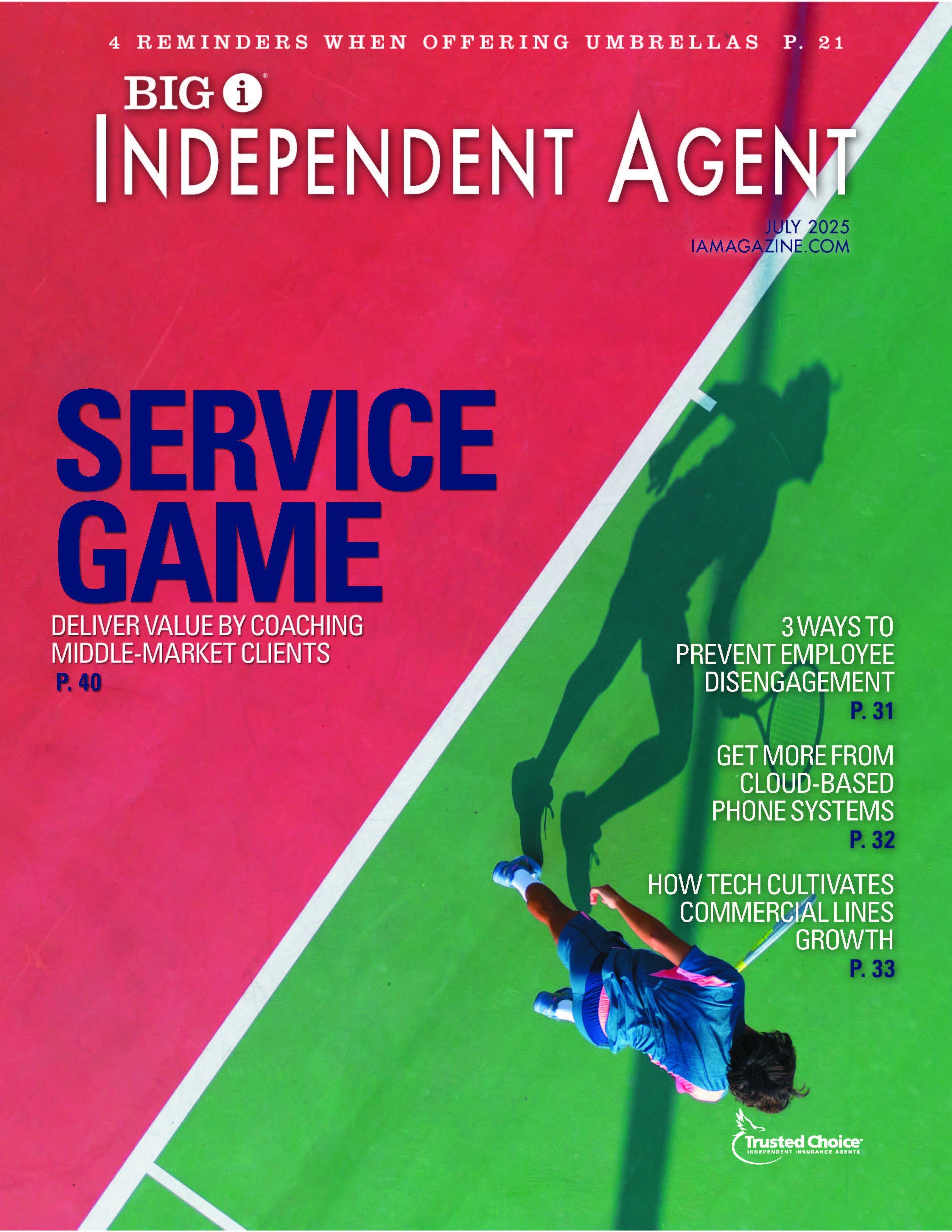The Grudge Purchase: 3 Tips for Dealing with Reluctant Prospects

By: Jeff Mowatt
How do you think your clients or prospects would prefer to spend $1,000: a) toward a vacation of their choice or b) toward purchasing an insurance policy?
If you’re in the business of selling products and services that people buy because they have to, you’ll need to develop a few strategies for helping prospects feel better about spending money on grudge purchases. Here are three:
1) Focus on task over mood. If you sense your clients or prospects are rushed or frustrated, don’t ask them how they are. That question just reminds them that they’re not having a good experience.
Instead, try a task-oriented question: “What can I do to make your day go a little better?” This helps keep the conversation positive while showing you’re aware that they have other things they’d rather be doing.
Speaking of better word choices, avoid asking reluctant clients or prospects what they want—or, worse, what they’d like. Instead, try:
- “Would it be useful…?”
- “Would it make sense…?”
- “Would it be helpful…?”
2) Share your strategic intent. Consider this example: An employee at a license plate registry office tells a customer who’s obviously running errands during lunchtime, “Let’s take care of this quickly so you can hopefully get a chance to eat.”
When prospects are focused on the immediate painful purchase, you need to remind them of the more positive strategic outcome. Let begrudging clients or prospects know that you understand what they really want.
3) Offer pricing perspective. By definition, people don’t enjoy spending money on grudge purchases. With big-ticket purchases, it’s helpful to break the price down into something that sounds less daunting.
It’s the difference between telling a customer, “The new roof will be 10 thousand dollars,” and “The new roof will be 10k”—then comparing that figure with their overall investment.
“Keep in mind the new roof is protecting your $700,000 home investment. Whatever you invest in the roof is likely to increase the value of your home by at least that amount. Plus, of course you don’t have to worry about a hidden leak causing mold damage in your walls, which can run into staggering costs and cause health issues.”
Too often, service providers fail to realize just how much customers don’t want to be there. That’s when employees appear to be oblivious and uncaring. Meanwhile, these same employees wonder why customers are so demanding and grouchy.
The good news is with a little training, employees can come across as wonderfully astute and empathetic—creating a more pleasant experience for everyone. And most important for your bottom line, your clients become less resentful about sending their dollars your way.
This article is based on the bestselling book “Influence with Ease” by Hall of Fame motivational speaker Jeff Mowatt.








